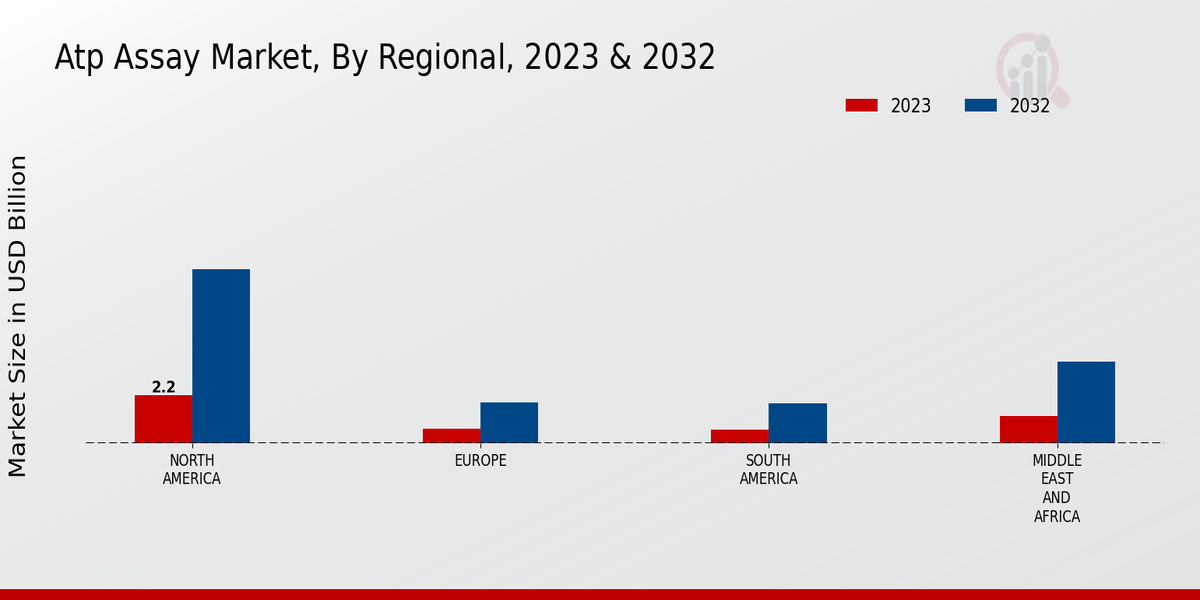Increased Regulatory Standards
The ATP assay Market is also shaped by the increasing regulatory standards imposed on various industries, particularly in pharmaceuticals and food safety. Regulatory bodies are emphasizing the need for stringent quality control measures, which necessitate the use of reliable testing methods such as ATP assays. These assays are recognized for their ability to detect microbial contamination and assess cleanliness in manufacturing environments. As industries adapt to these heightened regulatory requirements, the ATP assay Market is likely to see a surge in demand for these assays to ensure compliance and maintain product integrity.
Expansion of Biotechnology Sector
The ATP assay Market is significantly influenced by the expansion of the biotechnology sector, which is witnessing robust growth due to advancements in genetic engineering and molecular biology. As biotechnological applications proliferate, the need for reliable assays to monitor cellular activities becomes paramount. The biotechnology market is anticipated to grow at a compound annual growth rate (CAGR) of approximately 7.4% through 2025. ATP assays play a crucial role in various biotechnological applications, including vaccine development and genetic research, thereby driving their demand within the ATP assay Market.
Rising Demand in Pharmaceutical Research
The ATP assay Market is experiencing a notable increase in demand driven by the pharmaceutical sector's need for efficient drug development processes. As pharmaceutical companies strive to enhance their research and development capabilities, ATP assays are increasingly utilized for assessing cell viability and cytotoxicity. This trend is underscored by the projected growth of the pharmaceutical market, which is expected to reach USD 1.5 trillion by 2025. The ability of ATP assays to provide rapid and reliable results makes them indispensable in high-throughput screening applications, thereby propelling their adoption in pharmaceutical research.
Growing Awareness of Environmental Monitoring
The ATP assay Market is benefiting from the growing awareness surrounding environmental monitoring and sustainability. As organizations and governments prioritize environmental health, the demand for effective monitoring tools has surged. ATP assays are increasingly employed in assessing water quality and detecting microbial contamination in environmental samples. The environmental monitoring market is projected to grow significantly, with a focus on sustainable practices. This trend is likely to enhance the adoption of ATP assays, as they provide rapid and accurate results, thereby supporting environmental protection initiatives within the ATP assay Market.
Technological Innovations in Assay Development
The ATP assay Market is witnessing a wave of technological innovations that are enhancing the efficiency and accuracy of assays. Advances in assay technologies, such as the development of luminescent ATP assays and microfluidic systems, are revolutionizing the way ATP assays are conducted. These innovations not only improve the sensitivity and specificity of the assays but also facilitate their integration into automated systems. As laboratories seek to streamline their workflows and increase throughput, the demand for these advanced ATP assay technologies is expected to rise, further propelling the ATP assay Market.












Leave a Comment